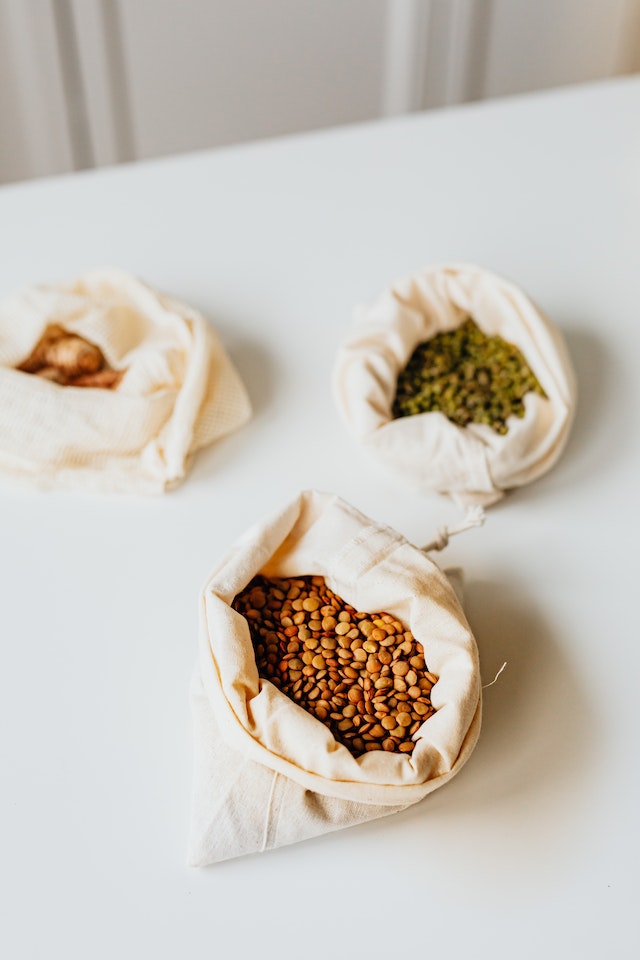Lentils are a versatile and flavorful ingredient that can be used in a variety of dishes. Lentils pack a mighty dose of nutrition, each serving contains protein, fiber, and minerals. Here’s a guide to the different types of lentils and how they vary in taste, texture, and uses.
Like beans, lentils add a great high-fiber and high-protein element to many meals. Because of their size, lentils cook much more quickly than dried beans and do not have to be soaked before cooking. They are extremely versatile and inexpensive, which makes them an accessible form of high-quality protein.
Lentils are often overlooked as a delicious source of protein and fiber. And while they are small in size, they are packed with nutrition.
If you’re looking for a meat alternative, or just want to expand your culinary experience, lentils are a great place to start.
What are lentils?
You’ve most likely heard of lentils and probably even eaten them, but it can be hard to know just what they are. Lentils are a part of the legume family, which includes chickpeas and beans.
Lentils are the dried seeds of the lentil plant, a legume. Unlike beans, which are also legumes, lentils are never eaten fresh but always dried right after ripening.
Lentils are believed to have originated in Central Asia or the Middle East, and they have been cultivated for thousands of years.
Lentils also play an important role in Indian cuisine dal is considered one of India’s staple foods. In fact, the word “dal” comes from the Sanskrit word meaning “to split.” This refers to the fact that lentils are usually split when they are cooked.
Preparation, Cooking, and Storage
Lentils are sold in two forms: canned and dried. While canned are good for ready-to-eat uses such as a quick salad or side dish, the dried version works well for soups and stews, salads, and sides. Cooked lentils are often available in vacuum packs too, these are often flavoured and are very convenient.
A bag of dried lentils can really last forever, but they are best used within a year of purchase (or by the date printed on the package). Once the bag is opened, store any remaining lentils in an airtight container and keep them in a cool, dry place.
One benefit of lentils is that they can be cooked in less than an hour. While it seems like an unnecessary step, don’t skip rinsing your lentils and sifting through them before cooking to remove any stones or debris. It is rare to find stones, but it does happen.
When cooking, treat lentils more like pasta than rice – the lentils do not need to absorb every bit of cooking liquid the way rice does, but you also don’t need to completely flood the lentils like you would pasta. As a general rule, one cup of dried lentils yields two to two-and-a-half cups of cooked lentils.
Because of their rather delicate, earthy flavor, lentils work well in a variety of dishes and in almost any type of cuisine. The best time to add flavor to lentils is during the cooking process. Don’t be afraid to get creative. Adding half an onion, a few cloves of crushed garlic, a bundle of herbs, or a stock cube to the cooking liquid and a pinch of salt gives lentils plenty of flavor, especially when they’re the base for a salad or side dish.
Nutritional benefits of lentils
Lentils are an easy, affordable ingredient to add to many meals, and they’re also extremely healthy. One cup of cooked lentils contains around 230 calories, 18 grams of protein, 1 gram of fat, and 16 grams of fiber. When you add this legume to your diet, you can count on:
- Fiber: Lentils are packed with both soluble and insoluble fiber. Foods high in soluble fiber can help stabilize blood sugar and help reduce blood cholesterol. This in turn reduces the risk of heart disease and stroke. Foods high in insoluble fiber are good for digestion and help prevent constipation and other digestive issues.
- Protein: Protein helps keep us full and gives our bodies the energy to power through the day. Protein accounts for 26 percent of the calories in lentils.
- Energy: Lentils offer a steady, slow-burning source of energy, thanks to the mix of fiber and complex carbohydrates.
- Folate: One cup of cooked lentils provides 90 percent of the daily recommended intake of folate. This B vitamin helps the body build new cells, an essential task that’s incredibly important for pregnant women, and has also been shown to help prevent some types of cancer.
- Vitamins and Minerals: Lentils are rich in a number of vitamins and minerals. The magnesium in lentils helps the body transport oxygen and nutrients more effectively by improving blood flow. And iron helps move oxygen throughout the body.
- Heart Health: The mix of fiber, folic acid, and potassium in lentils makes them a heart-healthy choice.
Lentil varieties
While there are four main type of lentils, there are many varieties within the major categories. There are hundreds of different lentil variations, with unique tastes and appearances.
The four main categories of lentils are brown, green, red/yellow, and specialty.
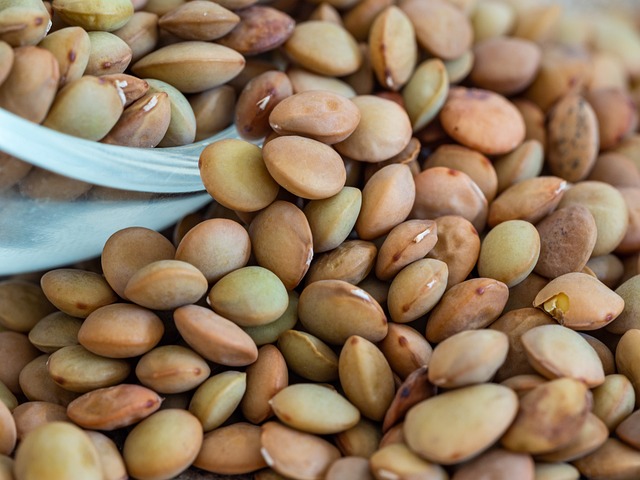
Brown Lentils
Brown lentils are the most common variety – any bag in the grocery store that says “lentils” without any other descriptor is most likely full of brown lentils. This variety can range in color from khaki brown to dark black and has a mild, earthy flavor.
Good For:
This variety holds its shape well during cooking, making it ideal for use in warm salads, casseroles, soups, and stews. Brown lentils also work well in veggie burgers or vegetarian meatloaf.
To Cook:
In a medium pot, combine 1 cup dry brown lentils with 2½ to 3 cups of water. Bring to a boil and then simmer for 35–45 minutes until tender. If they will be used in a soup or stew, add them to the pot with about 40 minutes cooking time left.
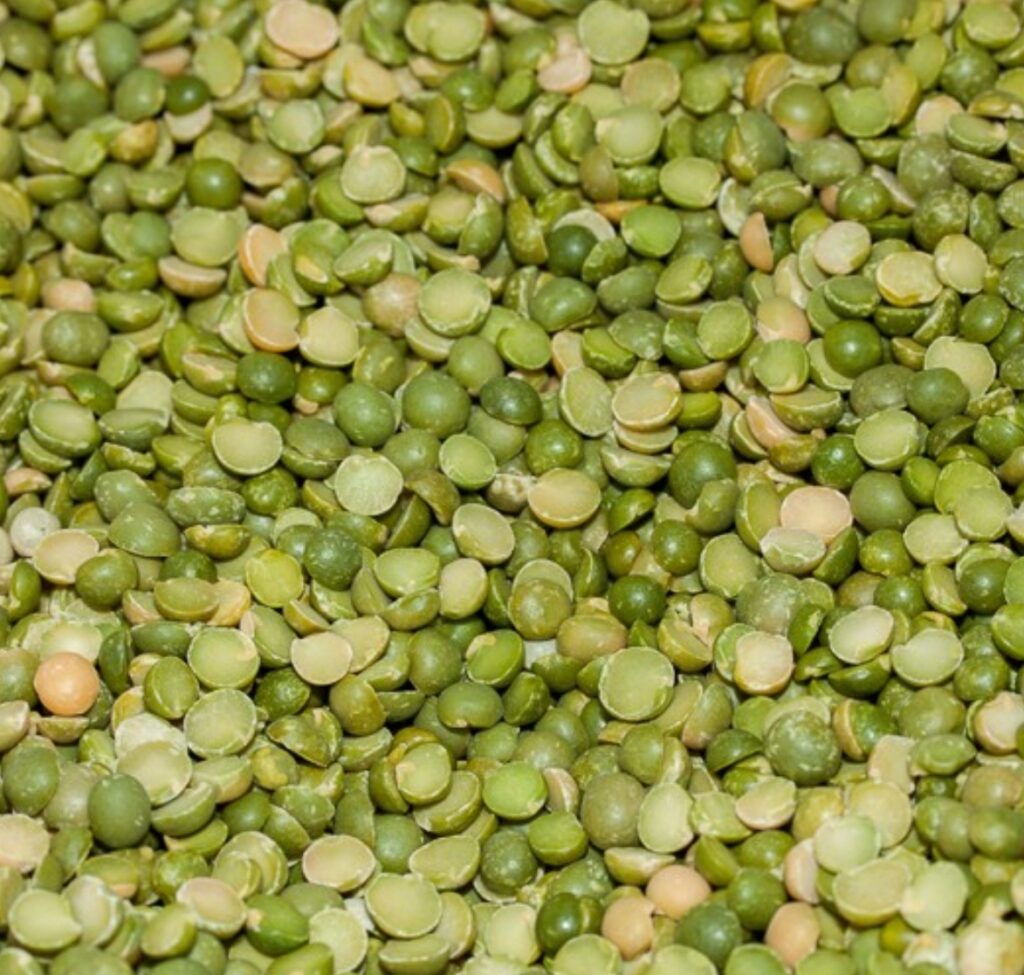
Green Lentils
Green lentils are extremely similar to brown lentils, but they have a more robust and slightly peppery flavor and come in a range of sizes. Green lentils can vary in color from a pale or spotted green to a green-slate color with hints of blue and black. Pro tip: Green lentils are a great (and less expensive) substitute for the famous French Puy lentils.
Good For:
Like brown lentils, green lentils retain their shape well. This, combined with their strong flavor, makes green lentils ideal for salads or side dishes.
To Cook:
Combine 1 cup lentils with 2½ cups water. Bring to a boil and simmer 35–45 minutes until tender. (Don’t forget to flavor the cooking water with some aromatics or herbs for a tastier end product.)
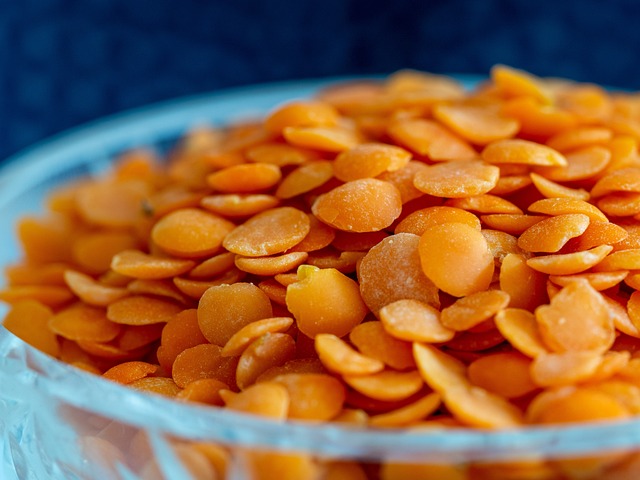
Red and Yellow Lentils
This variety of lentil ranges in color from golden yellow to orange and red. They are also the only variety sold “split,” meaning they processed into smaller lentil bits. These somewhat sweet and nutty lentils are very common in Indian and Middle Eastern cuisine and are the key to classic dishes such as Indian dhal.
Good For:
Because of their “split” nature, this variety of lentil tends to disintegrate when cooked, making them ideal to use in soups or stews (especially as a thickener), and in casseroles or any other dish where they are pureed.
To Cook:
Split lentils cook quickly, usually in about 15–30 minutes.2425 When you’re using them in a soup or stew, just add them to the pot with 15–30 minutes left in the cooking time. When cooking them on their own, bring 1½ cups water and 1 cup dry lentils to a boil, then simmer until tender, 10–15 minutes.
Specialty Lentils
There are many varieties of specialty lentils, but two are most common: Black beluga and Puy. Both varieties are about one-third of the size of brown or green lentils and have a rich, earthy flavor.
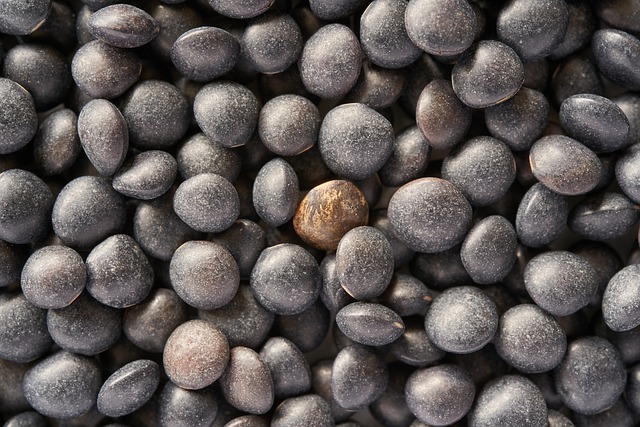
Black Beluga Lentils:
When cooked, black beluga lentils are shiny, tiny, and black – they look kind of like caviar: hence their name.
Good For:
Thanks to their rich, earthy flavor, soft texture, and beautiful appearance, these lentils make a great base for salads or as a feature with any kind of protein.
To Cook:
Combine 2¼ cups water and 1 cup lentils. Bring to a boil and simmer 25–30 minutes or until tender.
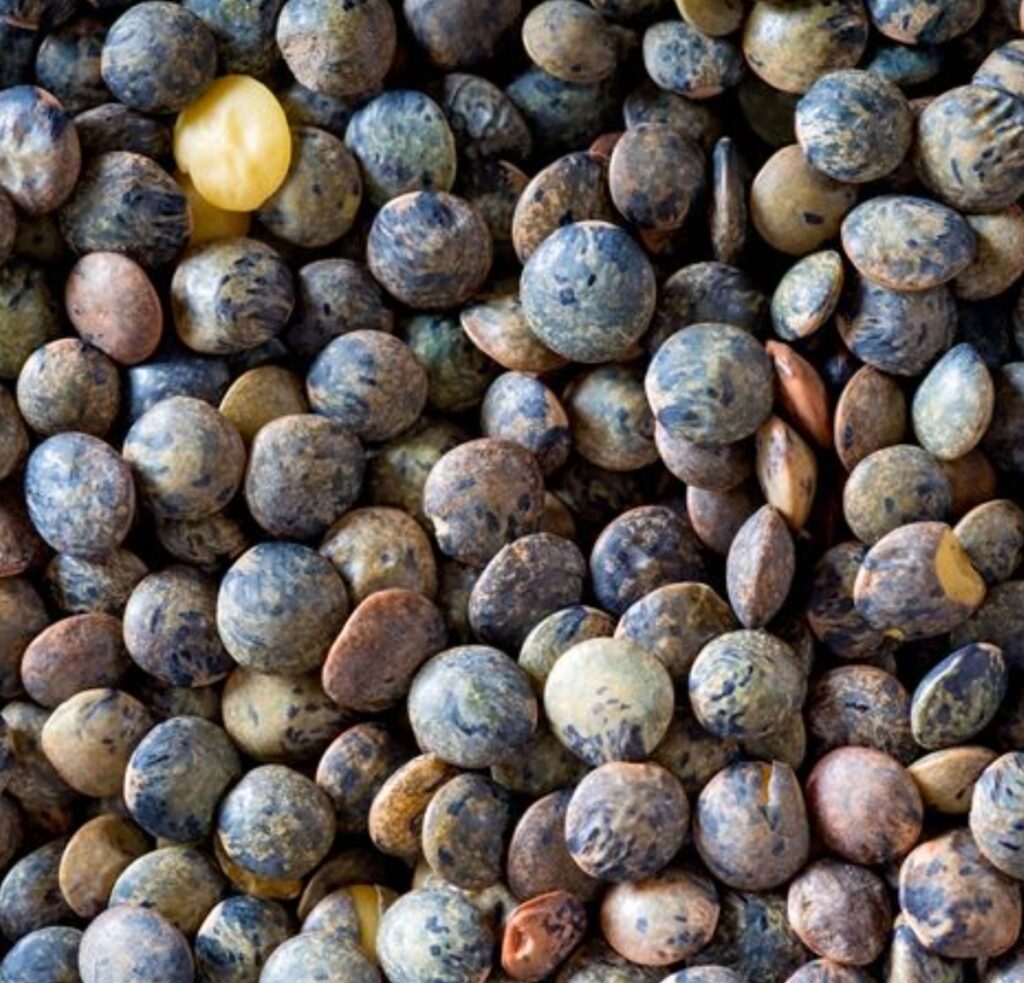
Puy Lentils
Puy lentils are grown in the volcanic soil of a specific region in central France called Le Puy. Puy lentils are known for their dark, bluish-slate-green color and rich, peppery flavor.
Good For:
These high-quality lentils should star as the center of a meal. They make a great base for meat or fish, or can be easily featured in a side dish or main dish salad.
To Cook:
Combine 2½ cups water with 1 cup lentils. Bring to a boil and simmer 20–30 minutes until tender.
Whether in a salad or soup or as the base of a main dish, lentils make a hearty and healthy addition to any meal. If using a recipe isn’t possible, it’s easy to whip up a tasty lentil-based dish without a lot of direction. Follow the guidelines regarding water to lentil ratio, and add plenty of flavorings to the water itself – an onion (quartered), a bay leaf, or a bundle of other herbs – to flavor the lentils as they cook. Serve with a pan of roasted vegetables and a piece of meat for an easy, complete meal. Lentils easily take the place of any hearty grain or legume in most recipes or cooking applications.

